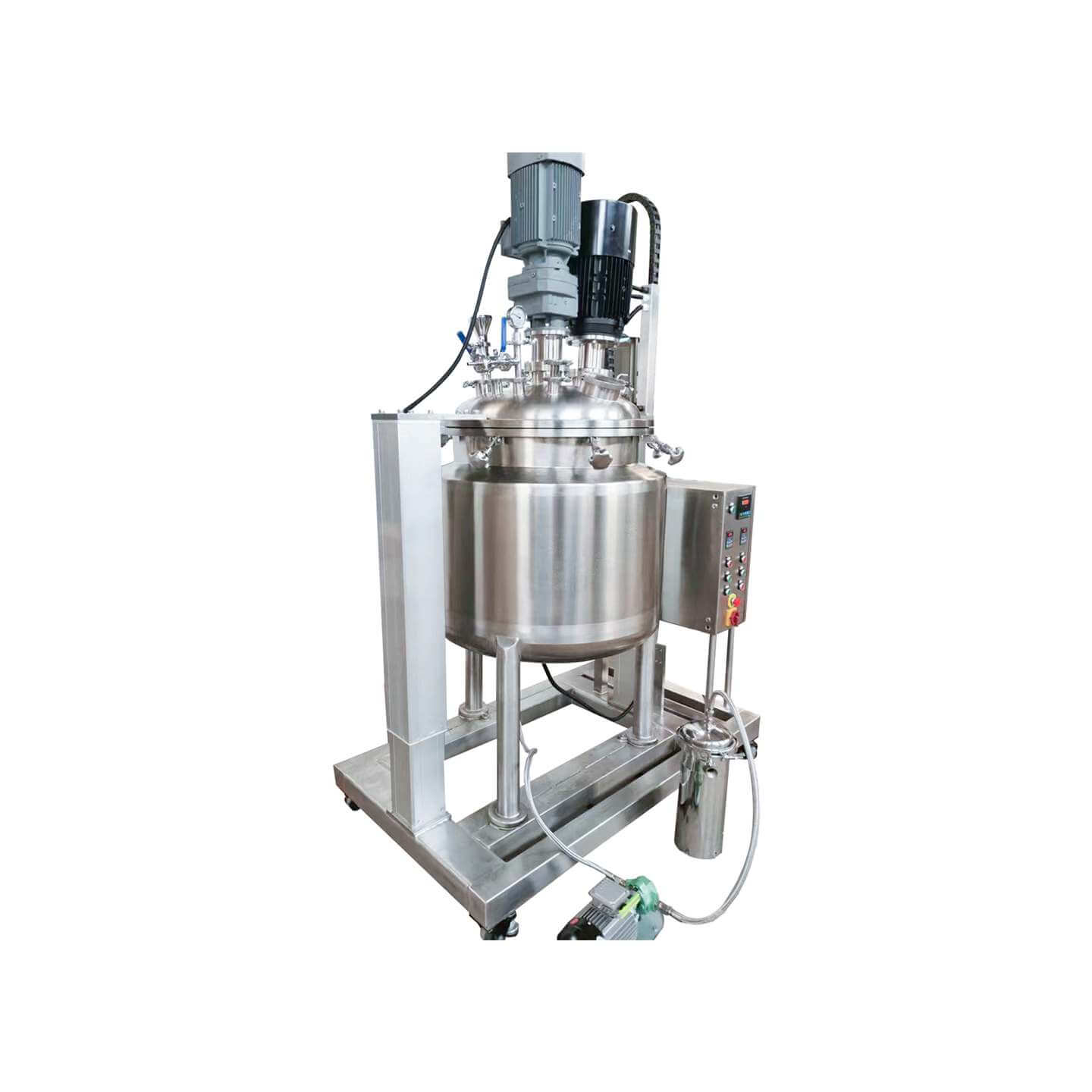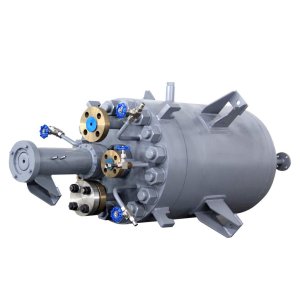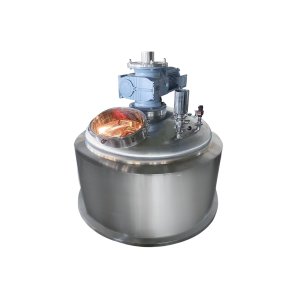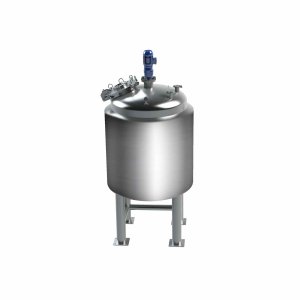The heating principle of the laboratory reactor is to use the electric heating rod to heat the heat transfer oil in the jacket (the heat source is electricity) to increase the temperature of the heat transfer oil. Under certain process conditions (temperature, medium, etc.), the process of converting raw materials into target materials is based on this principle. As the temperature in the laboratory reactor changes, two or more materials in the reactor are stirred and mixed under the drive of the stirrer, and physical or chemical reactions occur.
The laboratory reactor is mainly used as a small amount of product trial production equipment for chemical, pharmaceutical, pesticide, cosmetic, paint, and other manufacturers, various colleges and universities, and various research institutes, such as milk and sugar, beverages, food, and Other elements and various medicines are mixed and evenly stored after mixing. Because of its compact structure, simplicity, and lightweight, it is favored by the majority of users.
Classification of laboratory reactors
Laboratory reactors are mainly divided into laboratory carbon steel reactors and laboratory stainless steel reactors according to their materials. Heating form: Most of them are electric heating, and some are heated by heat conduction oil, steam, or far infrared.
Advantages of laboratory reactors
Open structure: easy to clean and replace products.
Complete instruments: thermometers, pressure gauges, safety valves, flow meters, liquid level gauges, observation windows, and other supporting facilities are complete.
Easy installation: It can be placed on a small platform with the rear-mounted bracket, or it can be installed on the ground plane with the support bracket. The operating location can be changed at will without any conditions.






